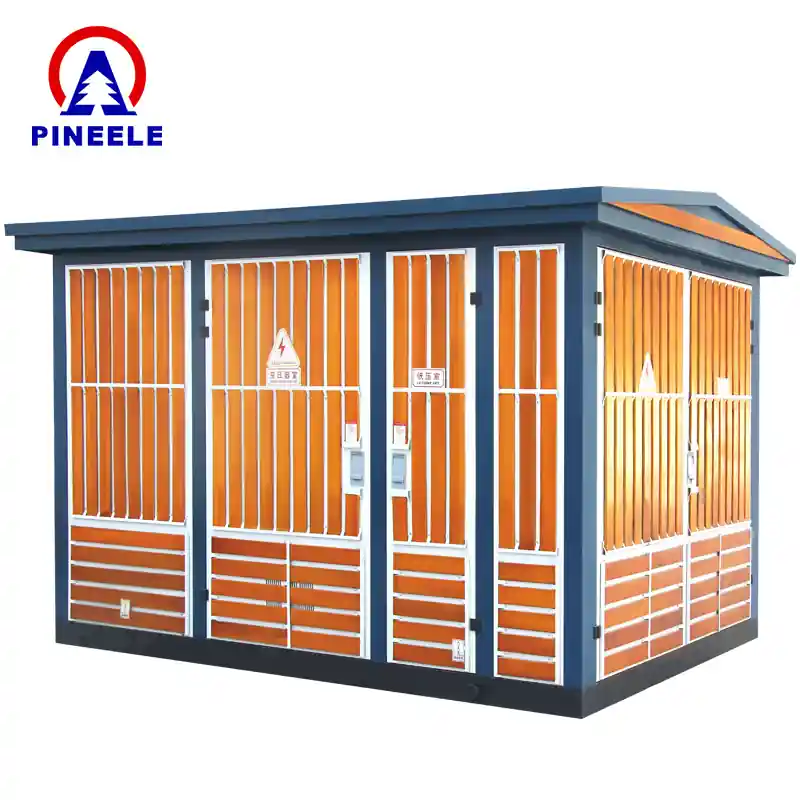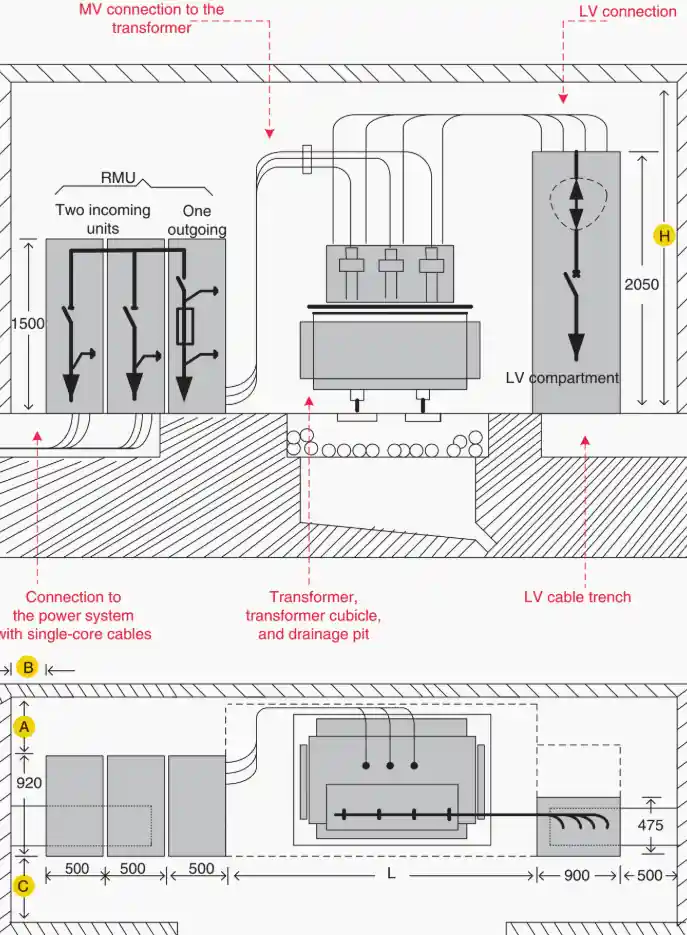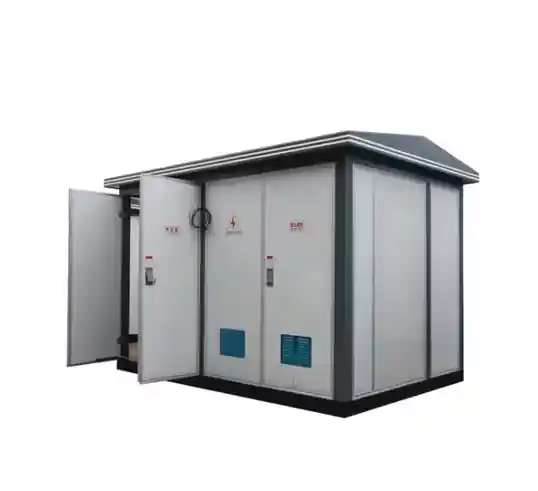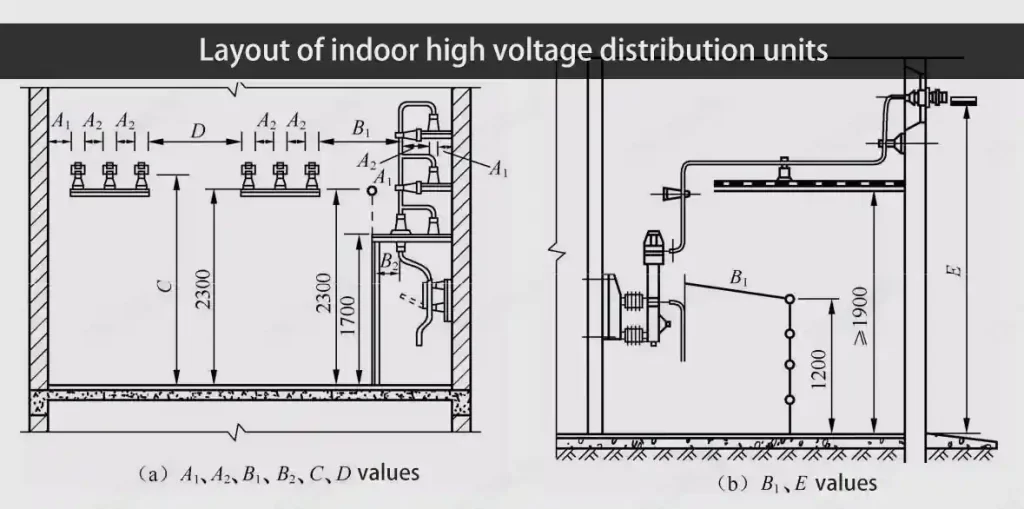- Introduction
- What Is a 500 kVA Compact Substation?
- Applications of 500 kVA Compact Substations
- Market Trends and Industry Demand
- Technical Specifications
- Comparison with Other Compact Substation Ratings
- Key Advantages
- Selection Tips for Buyers and Engineers
- Application Environment
- Transformer Type
- Switching Method
- Compliance and Testing
- Frequently Asked Questions (FAQ)

Introduction
In modern power distribution systems, efficiency, reliability, and space optimization are top priorities. The500 kVACompact Substationis specifically designed to address these needs—delivering a safe, integrated, and space-saving solution for transforming medium-voltage power to low-voltage output across commercial, industrial, and urban environments.
This article provides a complete overview of the 500 kVA compact substation, including its core functionality, use cases, technical specifications, industry trends, and expert insights for selection and deployment.
What Is a 500 kVA Compact Substation?
Acompact substation, sometimes referred to as aunit substationorpackage substation, is a prefabricated, enclosed electrical unit that combines three key components:
- Medium voltage (MV) switchgear
- Distribution transformer
- Low voltage (LV) switchboard
The500 kVA ratingsignifies that the transformer inside the substation is capable of supplying up to 500 kilovolt-amperes of electrical power, which makes it ideal for medium-scale loads such as commercial complexes, small industrial facilities, and residential developments.

Applications of 500 kVA Compact Substations
This type of substation is particularly valued for itsplug-and-play modular designandminimal civil works requirement. It’s widely deployed in:
- Residential and commercial buildings
- Light industrial zones
- Logistics centers and data hubs
- Hospitals, schools, and shopping malls
- Renewable energy integration (e.g., solar or wind farms)
Its compact design allows for fast installation in tight spaces, while the sealed enclosure ensures reliable operation even in outdoor or semi-industrial conditions.

Market Trends and Industry Demand
According to a 2024 report byMarkets and Markets, the compact substation market is projected to grow at a CAGR of 6.2%, driven by increased urbanization and smart grid deployments. Specifically, the 500 kVA capacity range is among the most popular due to its compatibility with mid-sized infrastructure projects.
Leading manufacturers such asABB,Schneider Electric,Siemens, andPINEELEprovide standardized and customizable 500 kVA compact substations. Compliance withIEC 62271-202,IEC 60076, andIEEE C37standards ensures global safety and performance expectations are met.
Reference:IEEE Standards Collection,Wikipedia: Substation,Schneider Electric: MV/LV Distribution Whitepapers
Technical Specifications
Here is a general specification table for a 500 kVA compact substation:
| Specification | Typical Value |
|---|---|
| Transformer Rating | 500 kVA |
| Primary Voltage (MV) | 11kV / 20kV / 33kV |
| Secondary Voltage (LV) | 400V / 415V / 690V |
| Cooling Method | ONAN (Oil Natural Air Natural) |
| Transformer Type | Oil-immersed or Dry-type (optional) |
| Frequency | 50Hz / 60Hz |
| Protection Degree | IP33 / IP44 / IP54 |
| Standards | IEC 62271-202, IEC 60076, ANSI C57.12, IEEE C37 |
| Enclosure Material | Galvanized steel or concrete |
| Cable Entry | Bottom or side cable entry |

Comparison with Other Compact Substation Ratings
Understanding the relative size and capabilities of a 500 kVA substation can help determine whether it’s the right fit for your project.
| Capacity | Application Scale | Typical Use Case |
|---|---|---|
| 250 kVA | Small commercial / rural loads | Villas, telecom stations |
| 500 kVA | Medium-scale facilities | Retail parks, factories, medium communities |
| 1000 kVA | Large industrial or urban zones | Warehouses, hospitals, high-rise buildings |
The 500 kVA substation strikes a balance between compact size and robust output, making it aversatile choicein both developed and developing infrastructure projects.
Key Advantages
Choosing a 500 kVA compact substation offers the following benefits:
- Space Efficiency: Minimal land use compared to traditional substations
- Cost-Effective Deployment: Reduced civil works and installation time
- Integrated Protection: MV and LV protection equipment enclosed in one unit
- Fast Commissioning: Prefabricated design simplifies installation logistics
- Scalability: Easily upgradable with modular components
Selection Tips for Buyers and Engineers
If you’re evaluating a 500 kVA compact substation for your next project, consider these critical selection factors:
Application Environment
- For outdoor use, ensureIP44+ protectionand UV-resistant enclosure.
- For coastal or corrosive environments, opt foranti-corrosion coating or stainless steel enclosures.
Transformer Type
- Oil-immersed: Better for outdoor and high-load capacity needs.
- Dry-type: Preferable for indoor installations or eco-sensitive zones.
Switching Method
- Chooseload break switchesfor basic grid feed orvacuum circuit breakersfor enhanced protection.
Compliance and Testing
- Verifyroutine testing reportsandIEC/IEEE standard certificationsfrom the manufacturer.
Frequently Asked Questions (FAQ)
Typically, a 500 kVA compact substation requires5–8 square meters, depending on the enclosure material and configuration. It can be installed on a simple concrete pad with basic ventilation.
Yes. 500 kVA substations are commonly used to step down voltage frominverter outputsto local grid levels inrenewable energy applications.
With proper maintenance, a 500 kVA unit can operate reliably for25–30 years, especially if installed in stable temperature and moisture-controlled environments.
The500 kVA Compact Substationoffers a reliable, compact, and scalable solution for mid-sized power distribution projects. Whether for commercial, industrial, or utility applications, this unit delivers consistent performance while minimizing installation and operational overhead.
By selecting a model built tointernational standardsand supported by a trusted manufacturer likePINEELE, you ensure your energy infrastructure is built on a foundation of safety, reliability, and long-term value.


